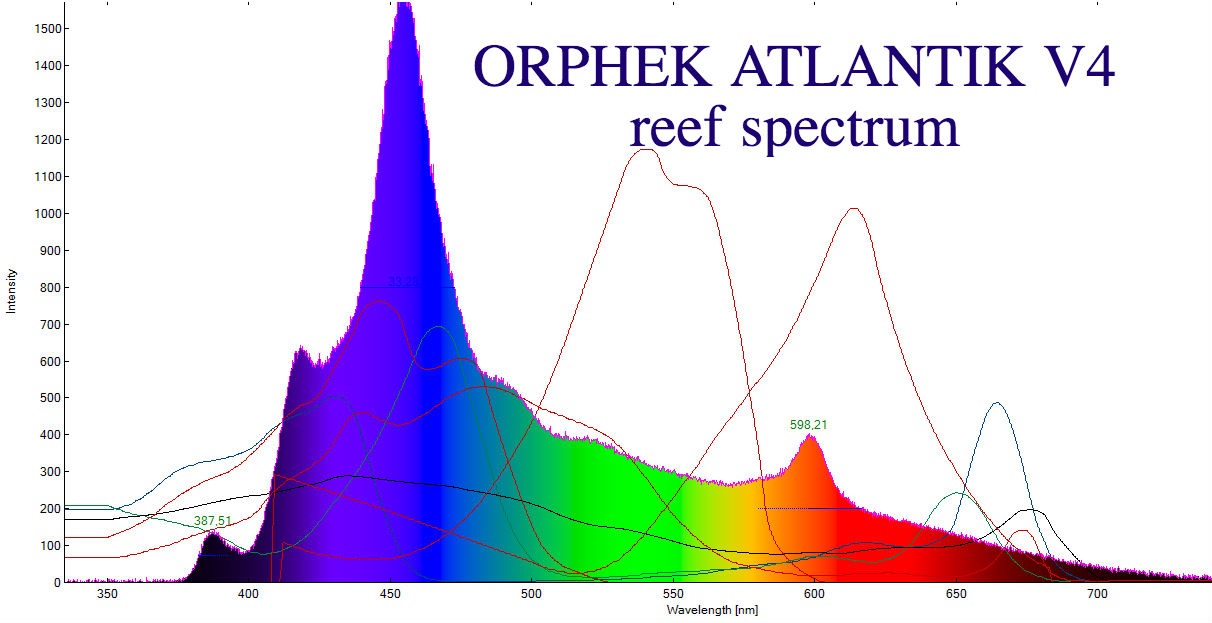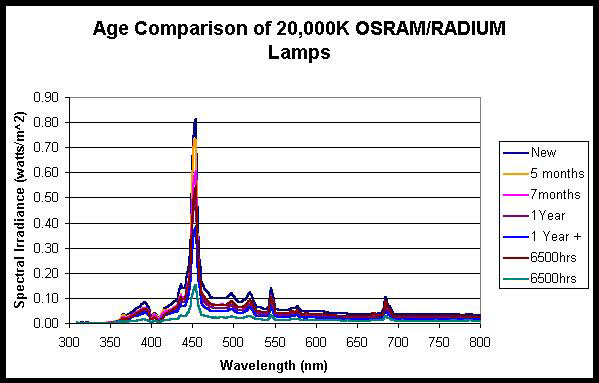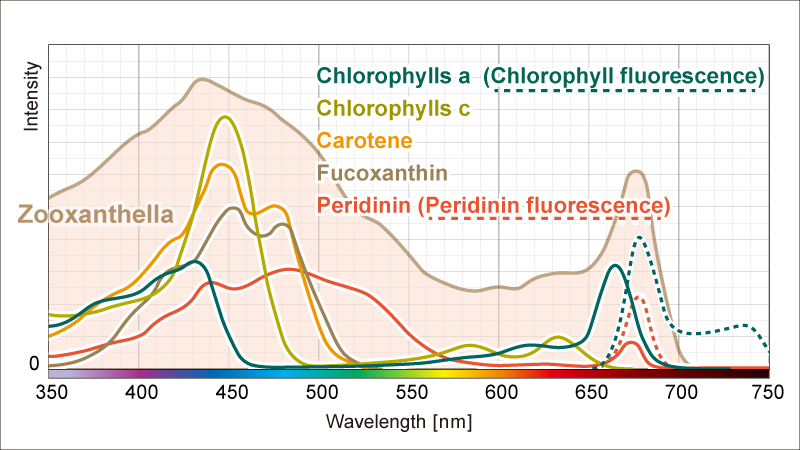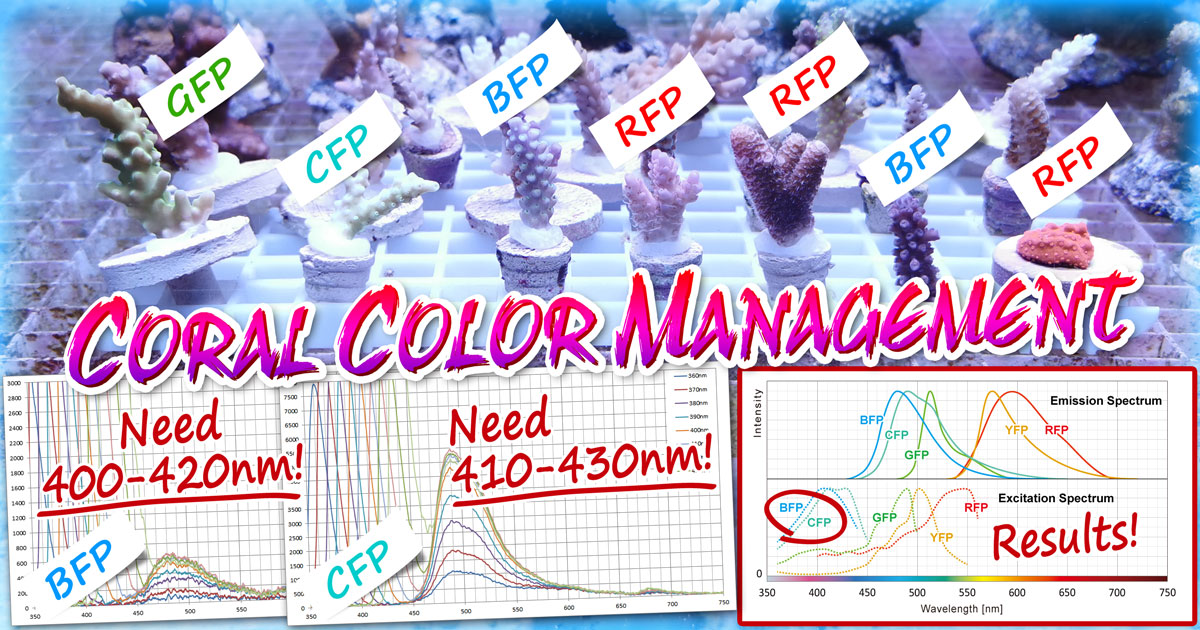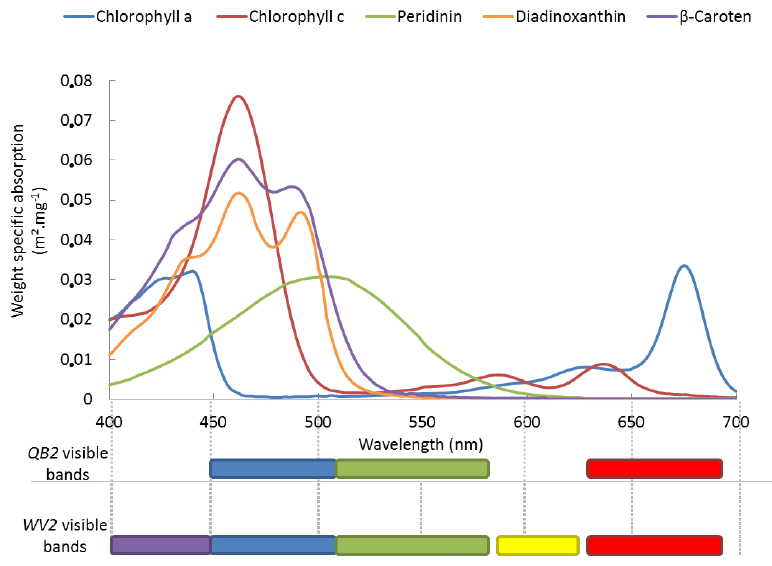- Joined
- Sep 18, 2017
- Messages
- 5,594
- Reaction score
- 3,444
Not unexpected .. low cri and/or high K white leds are low in red and cyan.I tried to run the LED more white and green some month, but it didn't match the t5. Also, some colors not show well with LEDs for example I had a very pink pocilopora from korallenzucht ,very nice under t5 you can see him, also a yellow coral, but with the LED even if I run them white they look horrible no pink at all and the yellow turn green after some time.to see a bit the nice color, I have to turn all blue channel to zero and just keep the whites. Which is probably not the best spectrum for my corals?and to not use half of the leds.. With t5 even if I run them white I'm still sure to get enough blue.
Led are good to show the fluorescence if some corals, but that is it and if you look your corals under whites they look horrible, whereas t5 color most of them for real.
But I still hope that led improving to get the same results.
Washes out colors really with the blue pump /yellowgreen phosphor




